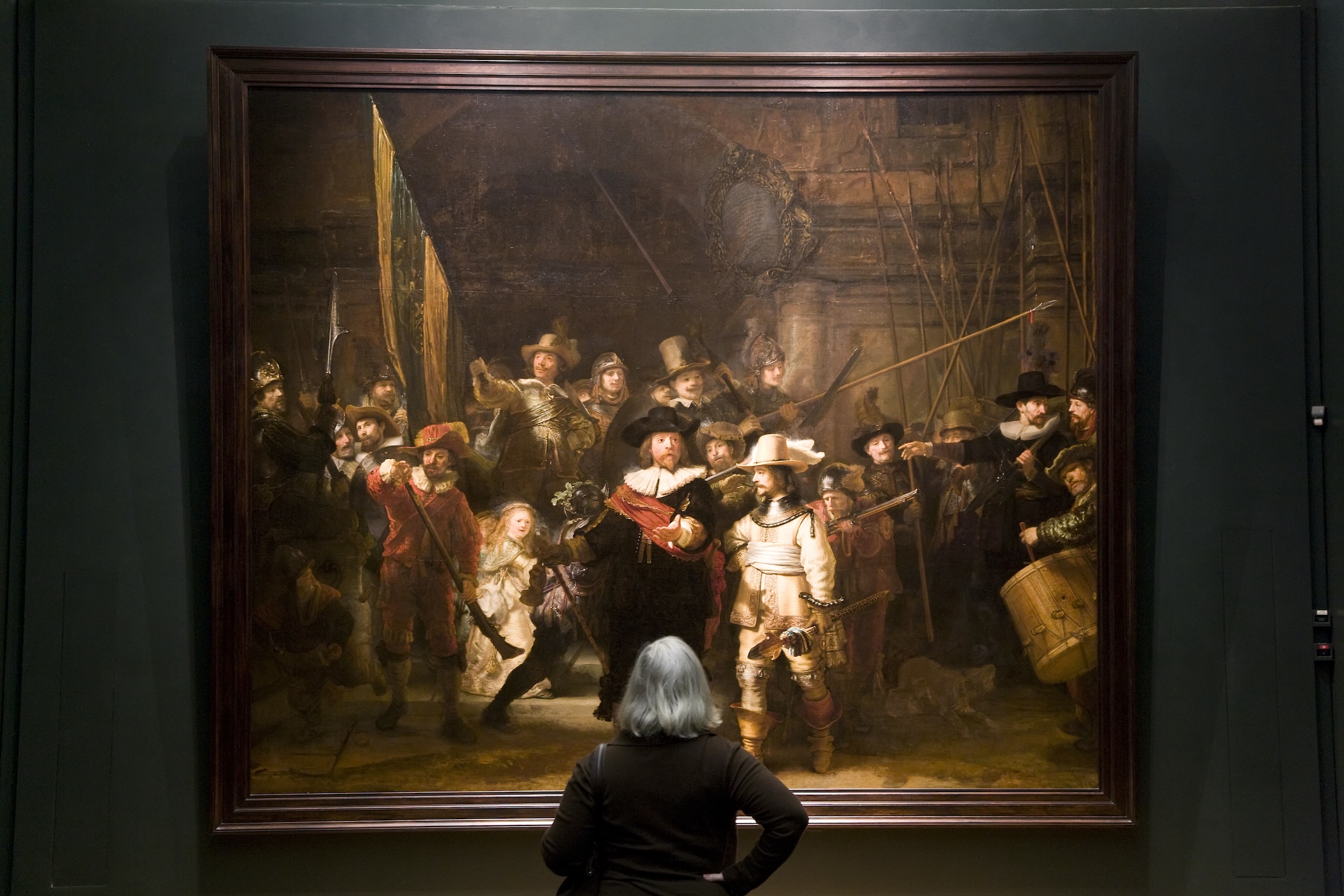NTIA Calls for Converter Comments
The Commerce Department would prefer to give the $40 government television subsidy to folks who stand to lose all TV reception after Feb. 17, 2009, when analog transmission will be no more.
The National Telecommunication and Information Administration division of Commerce this week released its Notice of Proposed Rulemaking on the program that would subsidize digital-to-analog converters. The converters, similar to cable set-top boxes, will allow legacy analog TVs to decode digital signals by converting the digital signal to an analog format.
The NTIA proposed reserving the subsidy--in the form of a $40 coupon--for households that can “self-certify” they rely exclusively on over-the-air signals for television reception.
The NAB was hoping to see eligibility apply to anyone with an over-the-air set in the house. The broadcast lobby estimates that 73 million TVs in the country are fed by neither cable nor satellite, while 28 million of these broadcast-only TVs are in cable and satellite households.
“We would hope that no broadcast-only TV sets are forced to go dark during this transition,” said Dennis Wharton, NAB spokesman.
The NTIA concluded, however, that Congress intended the assistance program for people with no cable or satellite service--roughly 16 million homes. How the NTIA would go about certifying which homes don’t have cable or satellite is unclear.
Congress allocated up to $1.5 billion for the converter subsidy program, including up to $160 million for administration. The bill directs that no more than two $40 coupons be provided via snail mail to households requesting them between Jan. 1, 2008 and March 31, 2009; that two coupons can’t be used for one converter; and that the coupons expire in three months.
The NTIA notice requested input on several more elements involved in the biggest nonmilitary government-technology mandate of all time.
“For example,” the notice reads, “should we distribute coupons only to those households with an annual income of $19,806 or below,” the poverty level for a family of four.
The NTIA notice asks what to do if the money runs out before demand for coupons, proposing “first-come, first-serve” scenario not unlike the running of the brides at Filene’s.
For security’s sake, the NTIA wants to put trackable serial numbers on the coupons, which could only be redeemed at certified retailers. Qualified retailers would be legally bound to tell people what the converters are and how to hook them up; submit reports to the NTIA and be ready for a government audit at any moment. Dealers would have 30 days to turn coupons in to the NTIA for redemption within 60 days.
NTIA said it’s “particularly interested in retailers that can handle converter-box purchases with the coupons via mail, phone or the [sic] Internet-based sales.”
In its converter legislation, Congress declared it would subsidize a basic box. The NTIA proposed that qualifying converters adhere to ATSC Receiver Performance Guidelines A/74, comply with FCC closed captioning, EAS and parental control rules, have a remote control and tune TV Channels 2 through 69. (All stations will be relegated to Channels 2 through 51 come 2009, but the converters are expected to hit the market before the analog end date.)
Performance standards were a chief concern of broadcast advocates in Washington, D.C. The Association for Maximum Service TV, or MSTV, along with the NAB last year solicited proposals for converter prototypes. Many of the criteria turned up in the NTIA notice.
LG Electronics and Thomson were ultimately tapped to make prototypes, which MSTV President David Donovan said he expected to be finalized by this fall. Donovan said MSTV was pleased to see NTIA reference the A/74 performance guidelines, but that “in certain aspects, we’d like to see it go a bit above A/74.” He also said the association would like to see PSIP capability included.
One item in the NTIA notice likely to generate debate is whether or not to set an energy consumption standard.
Earlier this year, the California Energy Commission proposed setting energy consumption limits on converters at 8 watts powered up and 1 watt in standby. The NAB and the Consumer Electronics Association objected on the grounds the limits would boost the cost of the box. Although manufacturers have not yet set a price, Congress is expecting something in the $50 to $60 range, and achieving a 1 watt standby mode would potentially double that, chipmakers say.
Meanwhile, the Environmental Protection Agency has launched a program targeting converters under its Energy Star banner. A draft of the EPA policy is expected to be released in September.
Public education is also part of the NTIA charter, but the agency has only $5 million to carry it out and requests as much assistance as possible in that arena. Comments are due on the NTIA notice by Sept. 22. An NTIA official said there would be no reply comment so the rulemaking can be finalized as soon as possible.
Directions for filing comments are available at http://www.ntia.doc.gov/otiahome/dtv/FAQ_v6_07212006.htm. The notice itself is available at http://www.ntia.doc.gov/ntiahome/frnotices/2006/couponprogram_nprm_07202006.htm.
The professional video industry's #1 source for news, trends and product and tech information. Sign up below.
